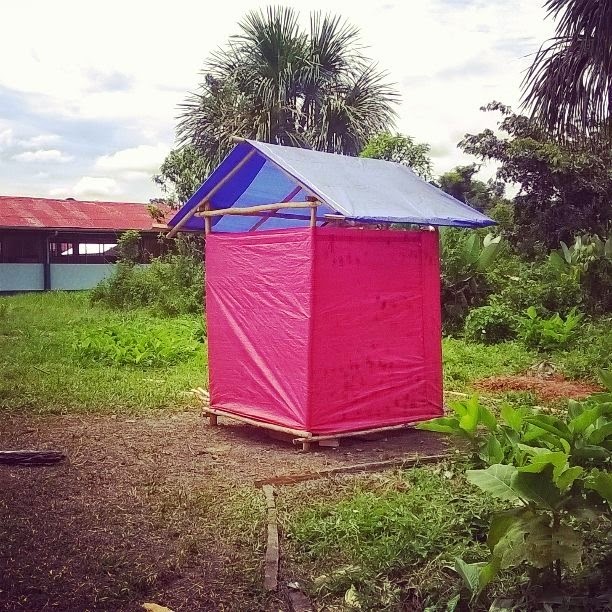In an attempt to escape the heat of the jungle for a short while I spent a week in Pisac. A very picturesque town just outside of Cusco, this is (apparently) a place where hippies gather to find themselves, often aided by generous and repetitive helpings of ayahuasca. Despite the floatyness Pisac is a great place to be. It's beautiful, safe, very laid back (time perception is different there, no one is in a rush), and it attracts some very kind and interesting people. The people who live here seem happy. It is very easy to connect with people here, and they seem to actively take the time to get to know each other which was a very nice change to regular life.
Most of my time in Pisac was filled by helping out at a small bakery owned by Jose, a young Peruvian guy who escaped Lima and moved out here a few years back. His mission is to educate people about food quality and the production methods behind it. To do that he opened a bakery in town and is setting up a network of small farmers who he works with for the ingredients of his bread, and who he hopes will encourage other communities in their area to reevaluate the way they work and eat as well.
I learnt about making bread, cakes and empanadas, but more interestingly I got some first hand experience at working in Peru. Working hours, at least for stores, are very long there. Stores open early (6-8am) and close late (7-10pm), and shift work seems rare. As a result working days are long (easily 12 hours), and free time and work time seem to blend into each other rather than being strictly divided as they are in the west. After just a week of working there I can't say much about which scenario is preferable, though I can say that this way seems less stressful. You do what you need to do during the working day.
The lower stress probably also has to do with the lack of deadlines (opening hours are flexible, what's available is flexible etc) and the lack of strict rules in general. It would likely be easier to do something interesting and new in a place like this than in the west. Here, what you are doing can be redefined as you go and learn, without needing to be locked down in advance to get to necessary paperwork in order.
It was a fantastic week. I considered altering my plans and just sticking around there for a while, but decided try out Mexico for a while and then make a more informed decision instead.
Local lakes look surprisingly similar to the English Lake District.

It's funny how a small change in altitude has big effects on how you feel. Going up this small hill made me feel both tipsy and incredibly unfit. I wonder if living here makes you into some kind of super being when you go back down to sea level.

Local farms, mostly growing corn. Some have irrigation channels that are fed by rivers, others rely on rain, which is risky especially for such a water intensive crop (and on what is likely at least in part clay ground, which doesn't retain water well).





























































